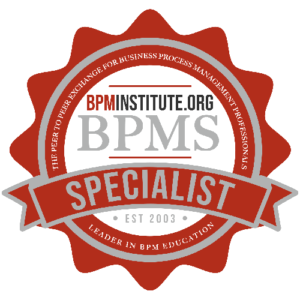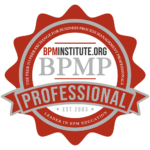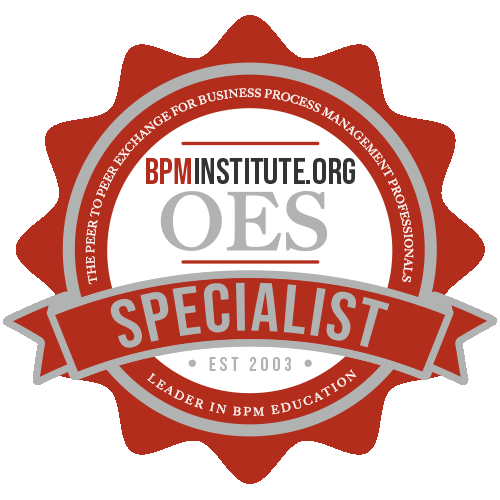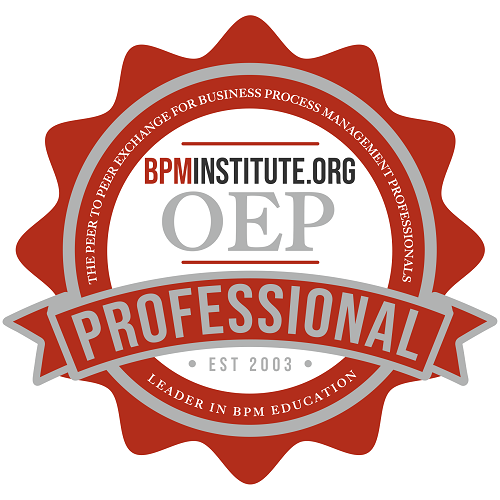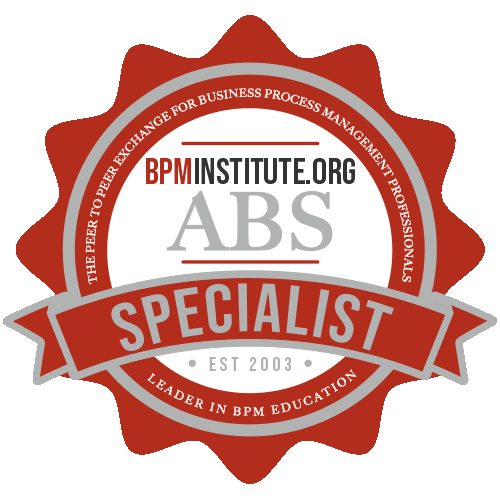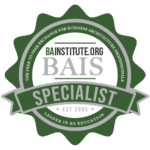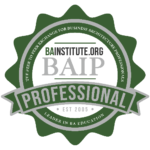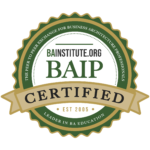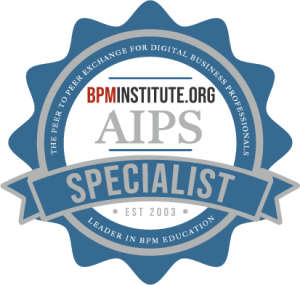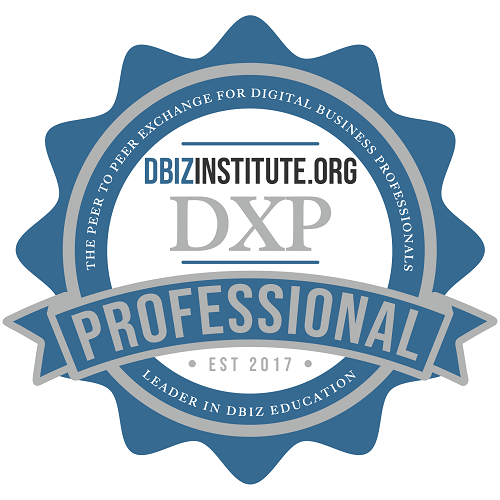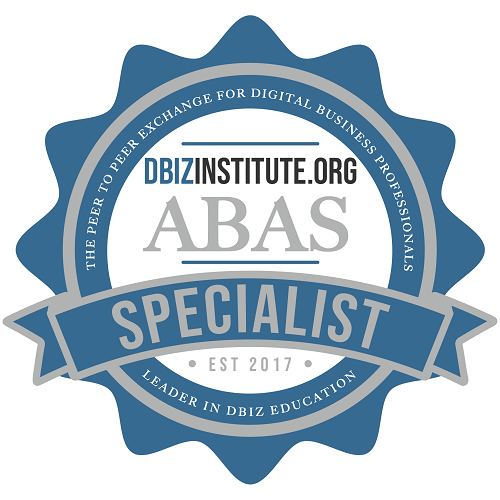Web services were created around the notion that it’s easier to discover and leverage somebody else’s service, rather than write your own from scratch. Also, it is much easier to create applications made up of many services, allowing change to occur at a pace faster than anything we’ve seen in the industry thus far.
The idea of Web services was to create a standard interface, programming model, description language, and a directory which would allow this to happen in and between very different systems.







